Heart lung Machine: Essential Technology in Modern Cardiac Surgery
The heart lung machine, medically known as a cardiopulmonary bypass system, is a vital device in cardiac surgery support. It temporarily takes over the function of the heart and lungs during open‐heart procedures, enabling surgeons to operate on a bloodless, motionless heart Operated by a skilled perfusionist, the machine maintains extracorporeal circulation—delivering oxygenated blood throughout the body while diverting circulation around the heart and lungs.
How It Works: Components & Operation
A typical cardiopulmonary bypass circuit consists of:
-
A pump (roller or centrifugal) that propels blood
-
An oxygenator (the artificial lung) that oxygenates blood and removes CO₂
-
Tubing and cannula systems connecting the patient to the machine
-
A heat exchanger to control body temperature
-
A blood reservoir and monitoring systems to track flow, pressure, and gas exchange
Blood is drained from the patient via venous cannulae into a reservoir, passes through the oxygenator and heat exchanger, then is pumped back into the arterial system. This extracorporeal circulation enables full surgical access while ensuring tissues receive oxygen-rich blood.
Role of the Perfusionist
A trained perfusionist plays a crucial role in monitoring and managing cardiopulmonary bypass. They oversee pump flow rates, pressures, oxygen saturation, anticoagulation levels, and temperature regulation. Modern systems even offer augmented reality displays to provide real‑time telemetry on reservoir level, mean arterial pressure (MAP), venous saturation, line pressures, and flow volume—improving response time and patient safety
Key Applications
Heart–lung machines are used across a spectrum of cardiac surgery scenarios, such as:
-
Coronary artery bypass grafting (CABG)
-
Heart valve repair or replacement
-
Repair of congenital heart defects (ASD, VSD, Tetralogy of Fallot)
-
Heart or lung transplantation
-
Repair of large aneurysms and vascular procedures
CABG remains the most common application, accounting for over 30% of use cases in global case volumes
Market Trends & Growth Drivers
Rising CVD Prevalence
The global rise in cardiovascular diseases—leading cause of death (≈31% globally)—is driving demand for heart lung machine technology. Aging populations, lifestyle disorders like obesity and diabetes, and increasing surgical volumes are significant growth drivers
Technological Advancements
Modern machines use biocompatible polymers, miniaturized circuits, and real-time monitoring systems to improve safety and efficiency. Integration of AI and machine learning allows automated optimization of blood flow, oxygen delivery, and pressure settings based on patient-specific data
Portable & Minimally Invasive Systems
There’s growing development of portable heart‑lung machines for use in remote clinics or emergency settings. In minimally invasive cardiac surgery (MICS), compact CPB setups allow less invasive access while maintaining full circulatory support
Market Outlook
-
The oxygenator segment holds the largest revenue share (~25.9%) as it is central to the machine’s respiratory function
-
The CABG segment contributes ~31% by application share
-
Hospitals dominate end‑user demand (≈81% share), followed by dedicated cardiac centers
-
North America leads global utilization, but Asia‑Pacific is a rapidly growing market due to rising healthcare investment and aging demographics
Constraints include high equipment cost and training requirements for perfusionists, particularly in resource-limited settings
Historical Background
Early prototypes began in the late 19th century (Max von Frey, 1885), but practical use emerged mid-20th century after discovery of anticoagulants. The first human operation using such a device occurred in 1953 under Dr. John Gibbon at Thomas Jefferson University, followed by clinical refinement at Mayo Clinic. Significant early contributions also include the Dodrill–GMR pump in 1952 and early Soviet experiments with the Autojektor machine
Benefits & Clinical Significance
-
Enables complex heart surgery on a still, bloodless field
-
Maintains oxygen delivery and circulation during surgery
-
Allows control of temperature (via heat exchanger), reducing metabolic demand and protecting organs
-
Advanced devices improve patient safety via real-time monitoring, alarms, and AR visualization for faster intervention
Conclusion:
The heart–lung machine (or cardiopulmonary bypass device) remains the cornerstone of modern cardiac surgery support, enabling surgeons to perform life-saving operations on a still heart. Operated by dedicated perfusionists, this machinery harnesses extracorporeal circulation and precision monitoring to maintain body perfusion and oxygenation. With continual innovations—miniaturization, AI‑powered control, augmented reality monitoring—and growing global demand due to cardiovascular disease, the role of CPB technology is poised to expand further.
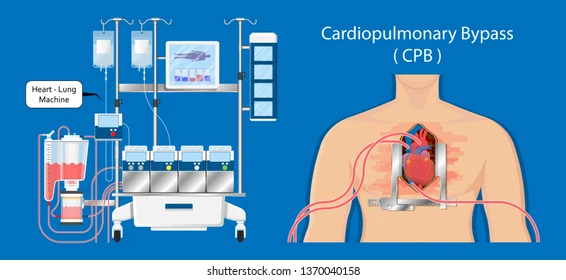
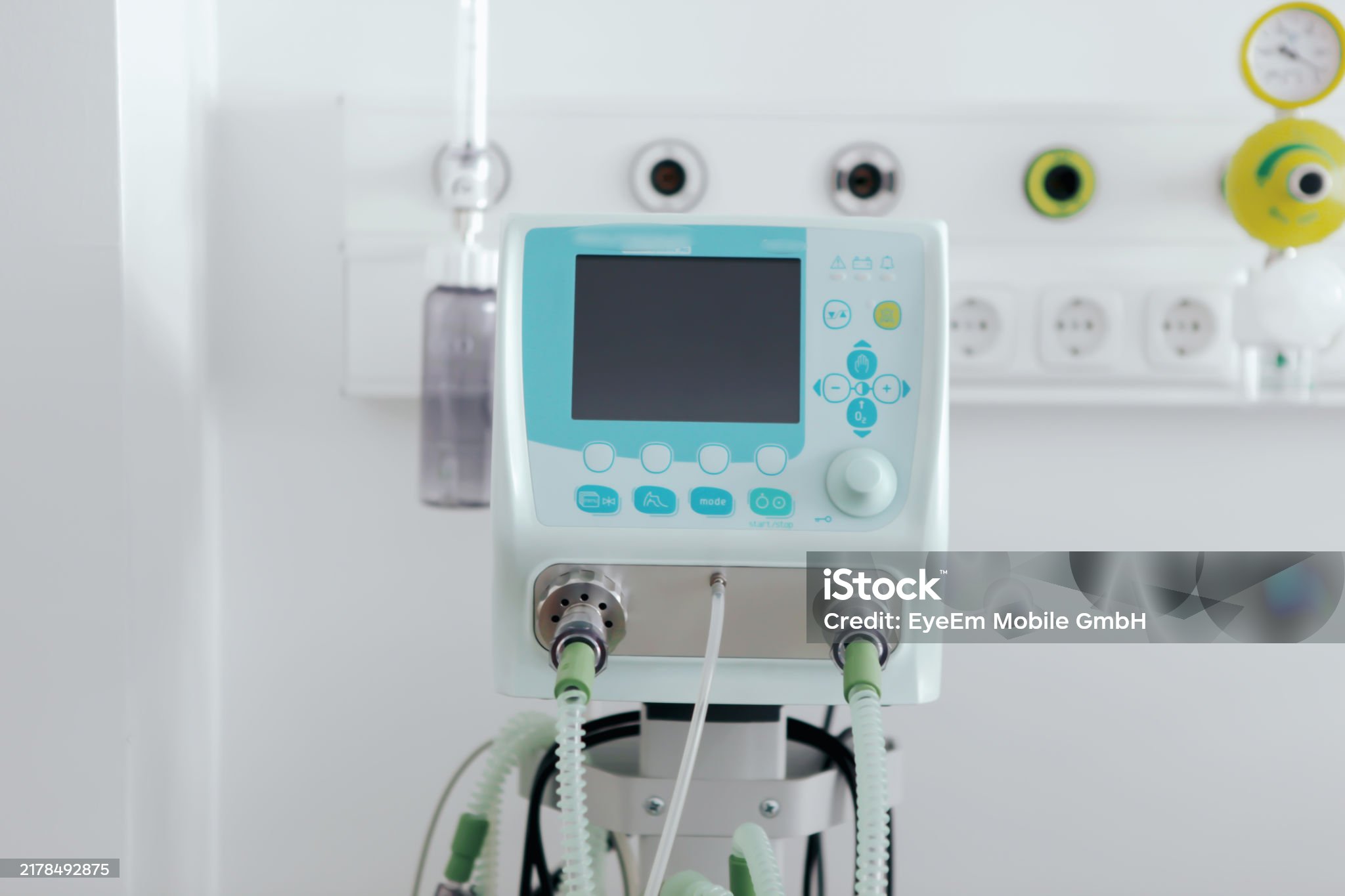
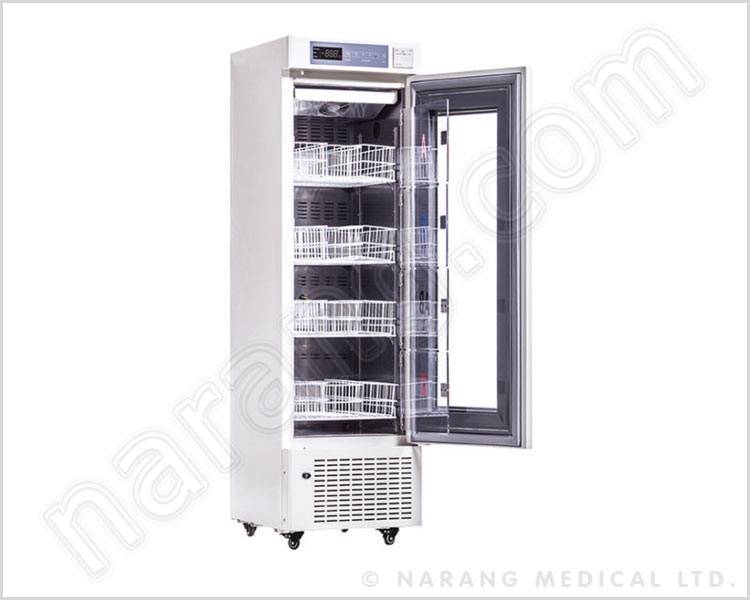
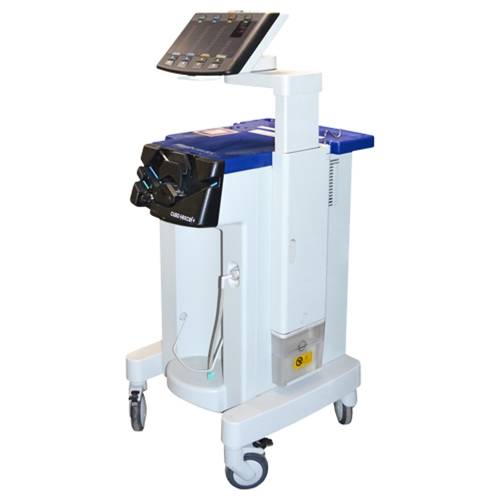
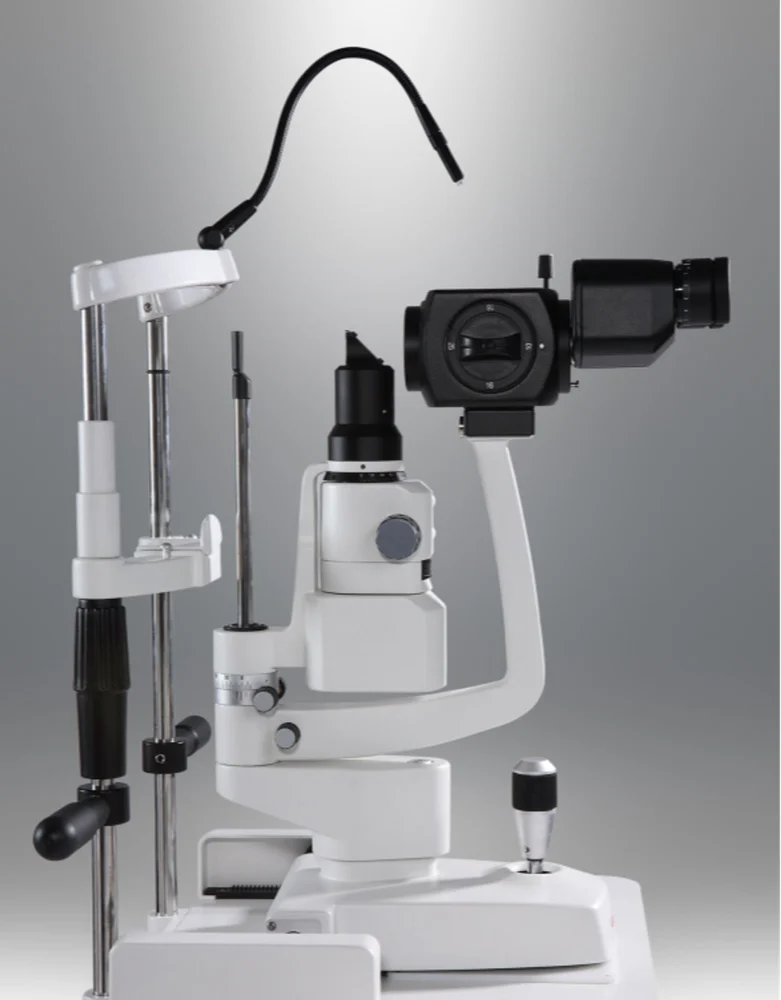
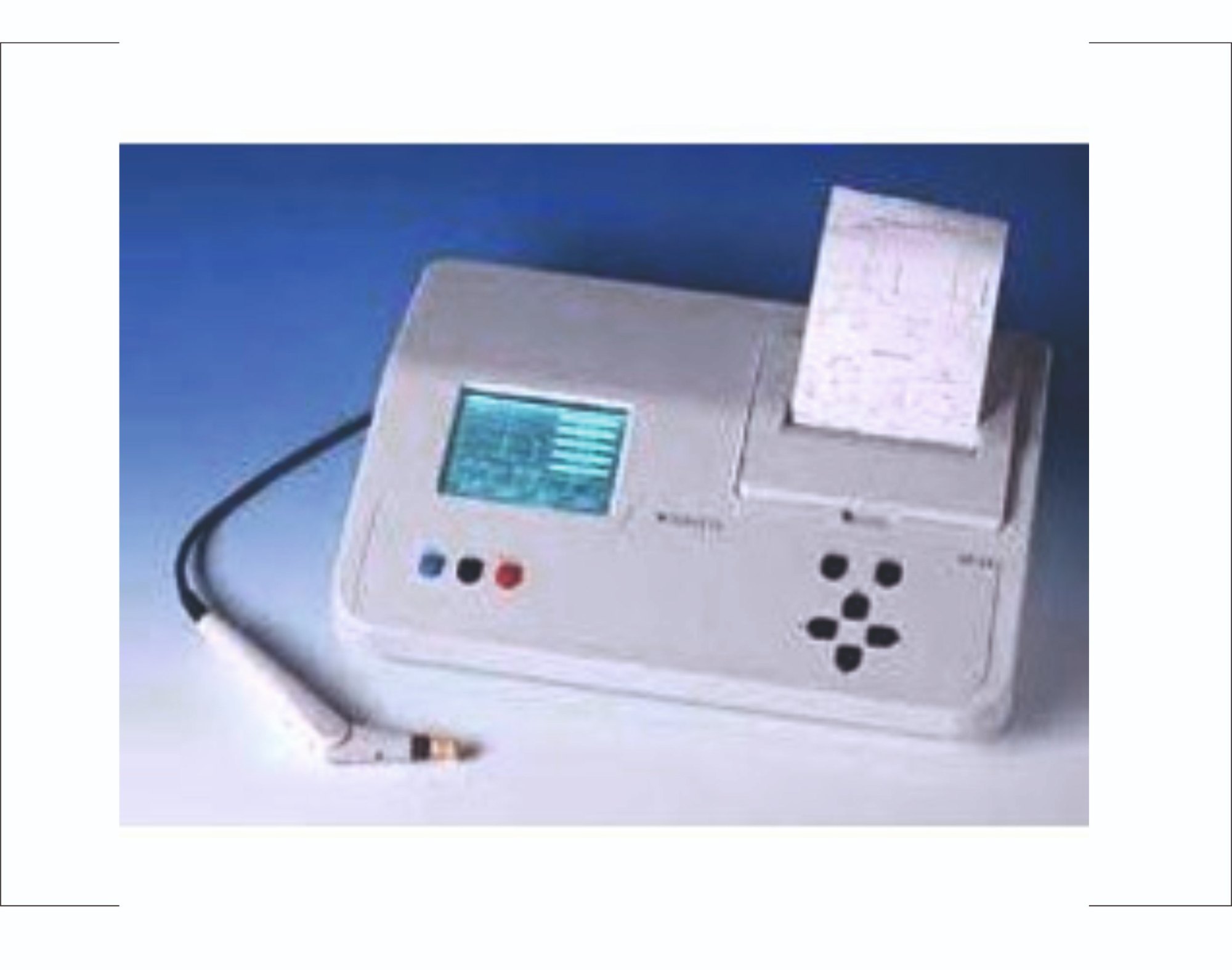
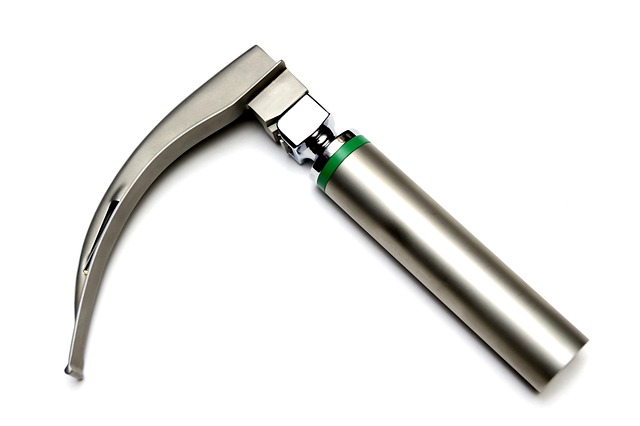
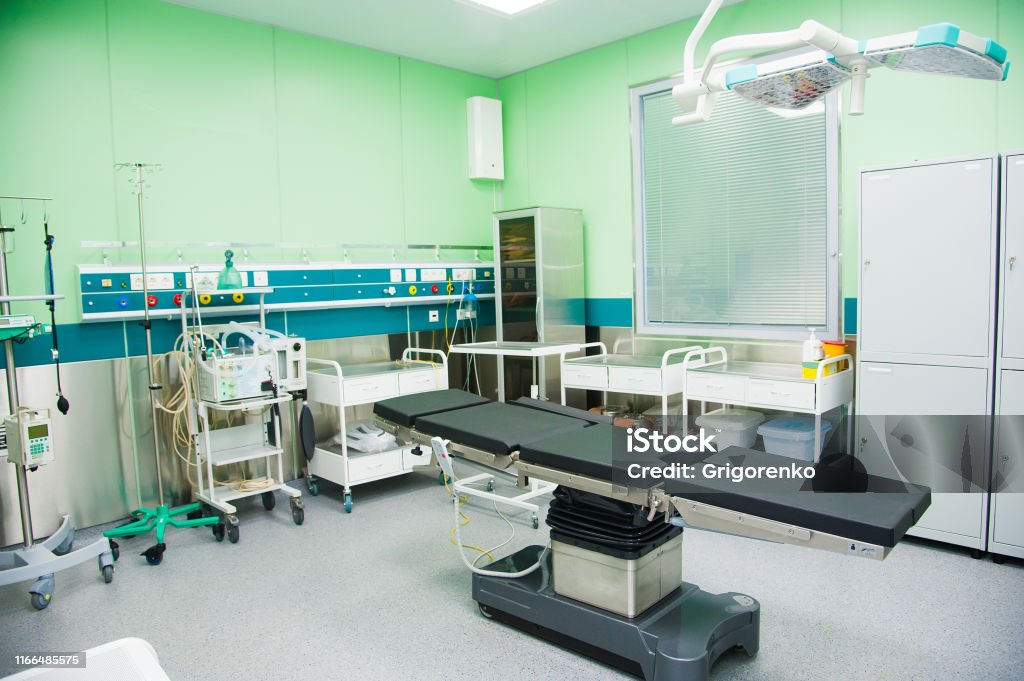
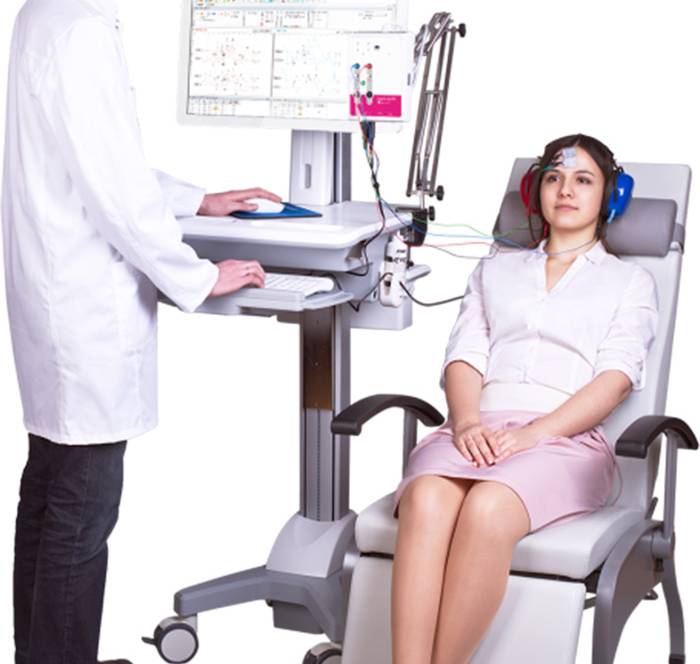
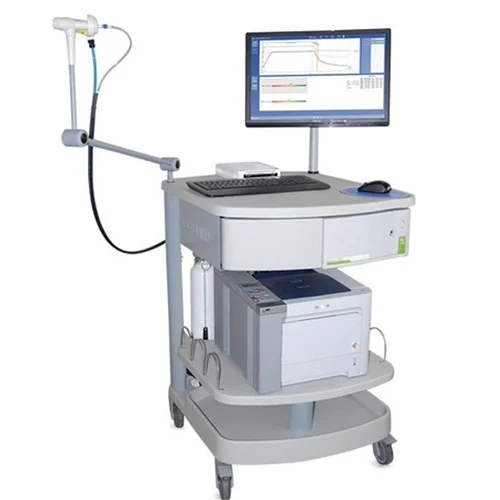
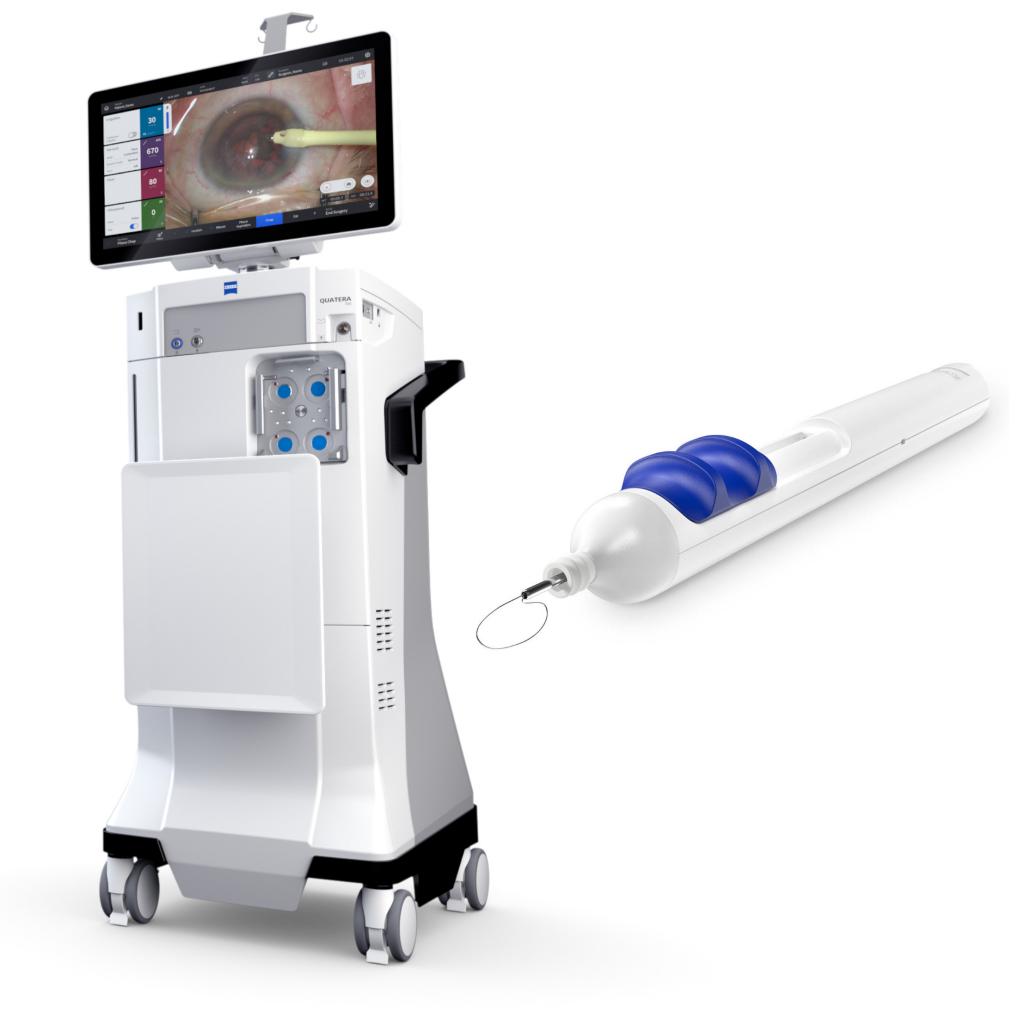

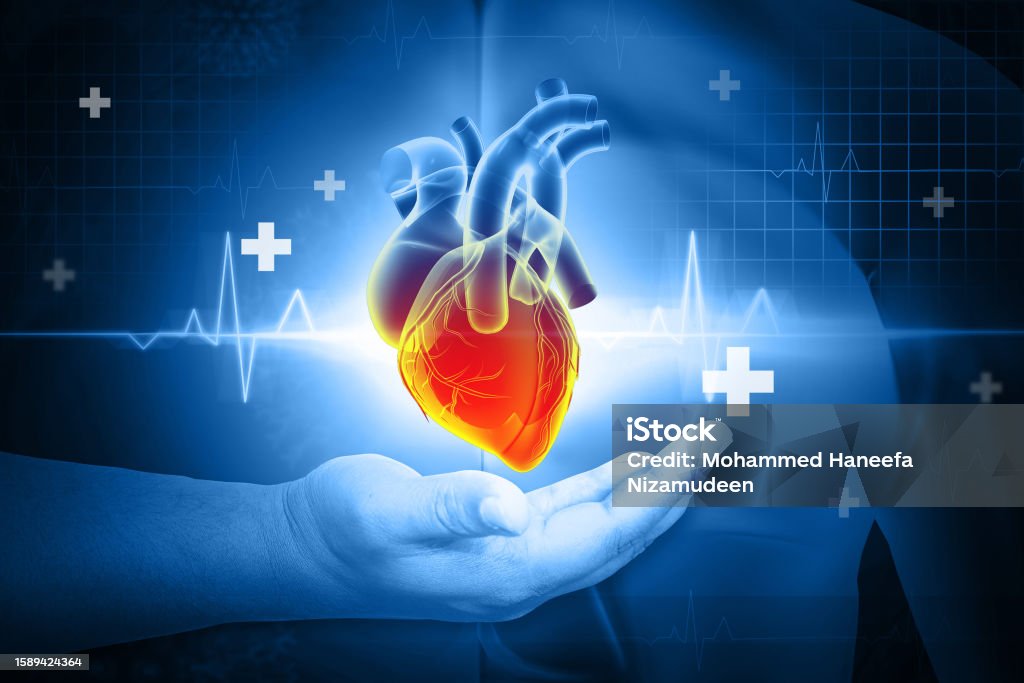
Leave a Reply